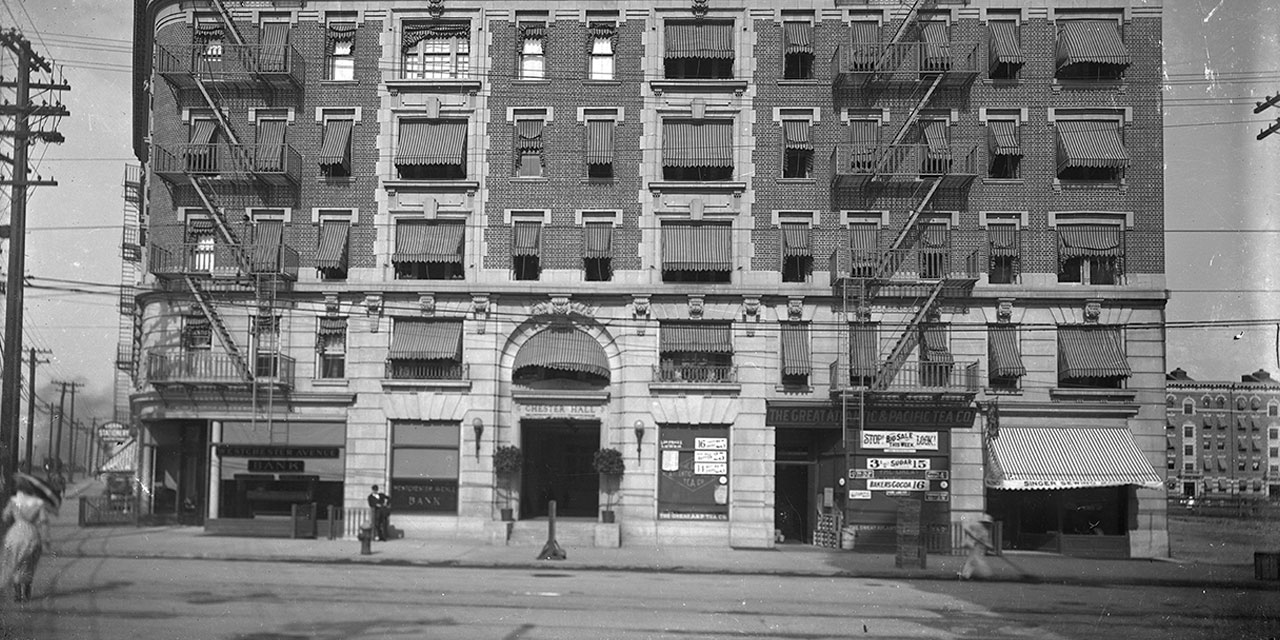Hip hop has come a long way since its humble beginnings in the 1970s. What started as a way for young people in the Bronx to express themselves has now become a global phenomenon, influencing everything from music to fashion to politics. In this article, we’ll take a look at the evolution of hip hop over the past five decades, highlighting the key players and cultural movements that have shaped the genre.
The Birth of Hip Hop (1970s)
Hip hop was born in the South Bronx in the 1970s, primarily among African American and Latino youth. It was a time of great social and economic turmoil in the United States, and young people were looking for ways to cope with the challenges they faced. Hip hop emerged as a means of self-expression, a way for young people to tell their stories and vent their frustrations through music, dance, and graffiti art.
The earliest hip hop DJs were the ones who laid the foundation for the genre. They used turntables and mixer to create new sounds by manipulating records, and they would often throw parties in abandoned buildings or parks to showcase their skills. The first hip hop record is widely considered to be “Rapper’s Delight” by the Sugarhill Gang, which was released in 1979 and became a hit on the radio.
The Golden Age of Hip Hop (1980s)
The 1980s are often referred to as the “golden age” of hip hop, as this was when the genre really began to take off. It was the decade of the mega-hit, with artists like Run-DMC, the Beastie Boys, and LL Cool J topping the charts and crossing over into mainstream success. Hip hop also became more politically and socially conscious during this time, with groups like Public Enemy and N.W.A. using their music as a platform to address issues like racism, police brutality, and poverty.
The rise of hip hop in the 1980s was also accompanied by a proliferation of breakdancing and graffiti art. Breakdancing, which originated in the 1970s, became a key component of hip hop culture, with crews battling each other in dance competitions. Graffiti, which had long been a part of hip hop culture, also gained wider recognition during this time, with artists like Jean-Michel Basquiat and Keith Haring making a name for themselves in the art world.
The Commercialization of Hip Hop (1990s)
The 1990s were a time of great commercialization for hip hop. The genre had gone mainstream, and record labels were eager to cash in on its success. As a result, the music became more polished and radio-friendly, and many artists began to focus more on their image than their message. Gangsta rap, which glorified violence and drug use, became particularly popular during this time, with groups like N.W.A., Tupac, and the Notorious B.I.G. gaining widespread success.
While the commercialization of hip hop had its critics, it also brought new opportunities for artists. The 1990s saw the rise of the independent label, which gave artists more control over their careers and allowed them to create music that was more true to their vision. The decade also saw the emergence of the underground hip hop scene, which was more focused on artistic expression and less concerned with mainstream appeal.
The Globalization of Hip Hop (2000s to Today)
Hip hop has continued to evolve in the 21st century, with the genre becoming increasingly global in scope. The internet has played a major role in this globalization, allowing artists to reach a wider audience and collaborate with musicians
across national borders. The 2000s saw the rise of international hip hop scenes in places like Brazil, France, and South Korea, and the 2010s have seen the emergence of a new generation of artists who are pushing the boundaries of the genre.
One of the most significant developments in the global hip hop scene has been the rise of streaming platforms like Spotify and Apple Music. These platforms have made it easier for artists to get their music heard, and they have also helped to democratize the music industry. With streaming, anyone with a good idea and a strong work ethic can potentially become a successful artist.
Conclusion
The evolution of hip hop has been nothing short of remarkable. What started as a way for young people in the Bronx to express themselves has now become a global phenomenon, influencing everything from music to fashion to politics. The genre has come a long way over the past five decades, and it’s exciting to think about where it will go next. One thing is for sure: hip hop will always be a vital part of our cultural landscape, reflecting the struggles and triumphs of the human experience.


